Lumbini Province
New postage stamp honours Tilaurakot’s legacy
The stamp depicting punch-marked Buddha-era coin showcases Tilaurakot’s historical significance as the capital of the ancient Shakya dynasty.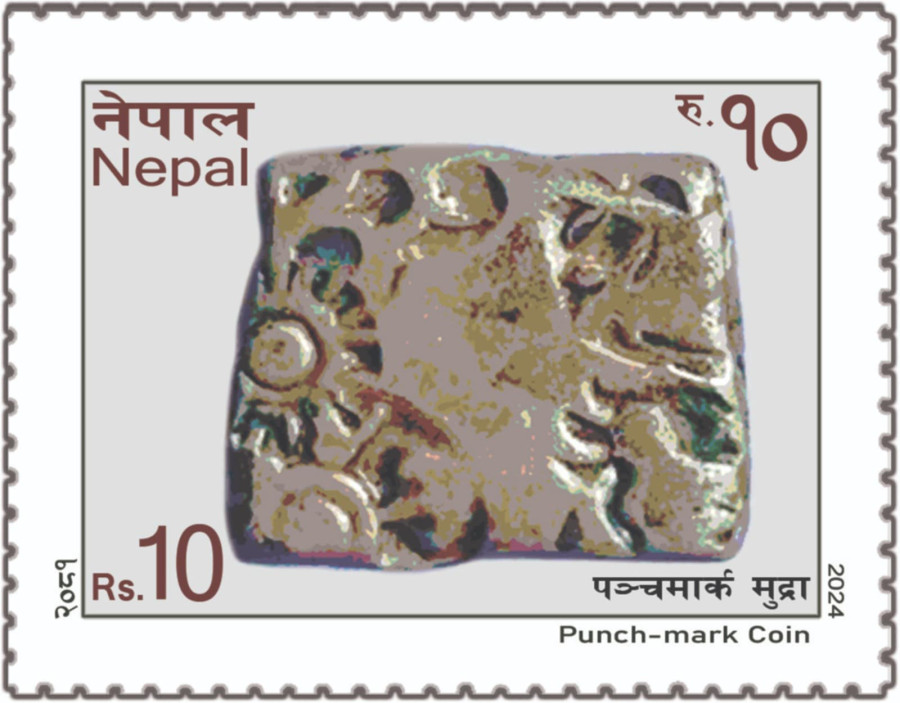
Manoj Paudel
The government has issued a postage stamp featuring a punch-marked coin to highlight the glorious civilisation of Tilaurakot, the capital city of the ancient Shakya dynasty.
On Tuesday, on the eve of Democracy Day, the Ministry of Communications and Information Technology issued a stamp depicting punch-marked coins from around 2,800 years ago.
Minister of Information and Communications Technology Prithvi Subba Gurung marked the issuance of the Rs10 postage stamp during a function. The punch-marked coin depicted in the stamp showcases the historical and archeological significance of Tilaurakot.
During excavations in Tilaurakot in 2015, archaeologists unearthed 497 ancient punch-marked silver coins in an earthen pot. The coins were found about one metre below the ground, around 20 metres south of the Kanthak stupa, just outside of Tilaurakot palace, where Siddhartha Gautam spent his princely life before he became the Buddha.
The stamps were issued on the recommendation of the Department of Archaeology. Accordingly, the Ministry of Communications and Information Technology on January 19 decided to issue the stamp.
According to archaeologists, the punch-marked coins are believed to have been used during the Maurya period.
Senior archaeologist Basant Bidari said that the punch-marked coins were used during 400-200 BC. “There were 16 Janapads (cities) in the area, where these coins were in circulation,” said Bidari, adding that some punch-marked coins from that time were round, and some others were quadrilateral. “The coins used to have distinct marks, and the one depicted in the new stamp is from the Kapilvastu republic.”
The people of Kapilvastu, a district in Lumbini Province, are happy with the issuance of the new postage stamp. “The locals of Kapilvastu Municipality are delighted and proud that a postage stamp symbolising Tilaurakot as the land of peace, compassion and harmony, has been issued,” said Sudip Paudel, mayor of Kapilvastu Municipality. “This helps promote the historical and archaeological significance of Tilaurakot in the world.”
Design of the new postal stamps with a punch-marked coin is quite attractive. Purna Kala Limbu, an art officer at the Department of Postal Service, designed the stamp, based on the suggestions by archaeologists and culture experts. A total of 50,000 copies of stamps have been printed and came into operation from Tuesday.
Issuing the postal stamp with the historic coin gives a very good message while the country is working to secure UNESCO World Heritage Site status for Tilaurakot. “We are going to submit some additional documents regarding Tilaurakot to UNESCO’s headquarters in Paris within February 28,” said Gyanin Rai, chief of the world heritage branch of the Lumbini Development Trust. “Inclusion of the new postage stamp with punch-marked coin will be very important along with the documents.”
The 47th session of the World Heritage Committee, which is scheduled to be held in Bulgaria in July this year, will take important decisions regarding the status of Tilaurakot.
Based on the findings and its historical as well as archaeological significance, Australian heritage expert Duncan Marshall with support from Coningham, Kai Weise, Yukio Nishimura, Yani Joshi and Basanta Bidari, prepared the nomination dossier for Tilaurakot. Marshall had previously prepared the nomination dossier for the Kathmandu Valley.
UNESCO enlisted Tilaurakot in its tentative list in 1996. Since then, the government and the authorities concerned started collecting evidence, facts and scientific data to establish Tilaurakot as a culturally, historically, and archaeologically significant heritage site.
If approved by the World Heritage Committee, Tilaurakot will become Nepal’s fifth World Heritage Site after the Kathmandu Valley, Lumbini, Chitwan National Park and Sagarmatha National Park.
A detailed excavation project was launched in Tilaurakot and other monuments in its vicinity in 2013. The excavation led by British archaeologist Robin Coningham of Durham University, UK unearthed various ruins, coins, pottery, and other artefacts, providing scientific evidence of an ancient civilisation dating back to at least 2,800 years.
Recent discoveries and scientific dating of these artefacts also indicate that Tilaurakot showed first signs of urbanisation as early as the sixth century BC. Travelling through South Asia at the turn of the fifth century, Chinese monk Faxian had described a flourishing city along what is today the Nepal-India border. Almost 200 years later, Xuanzang, another Chinese monk and scholar, described seeing a similar flourishing kingdom in the region.




 16.12°C Kathmandu
16.12°C Kathmandu


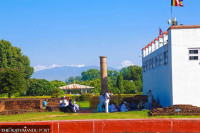
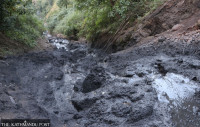
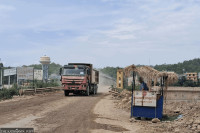

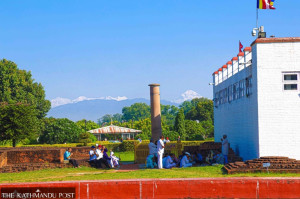
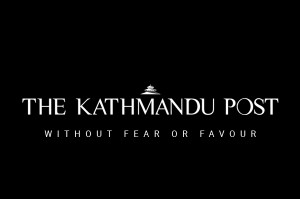


%20(1).jpg&w=300&height=200)

